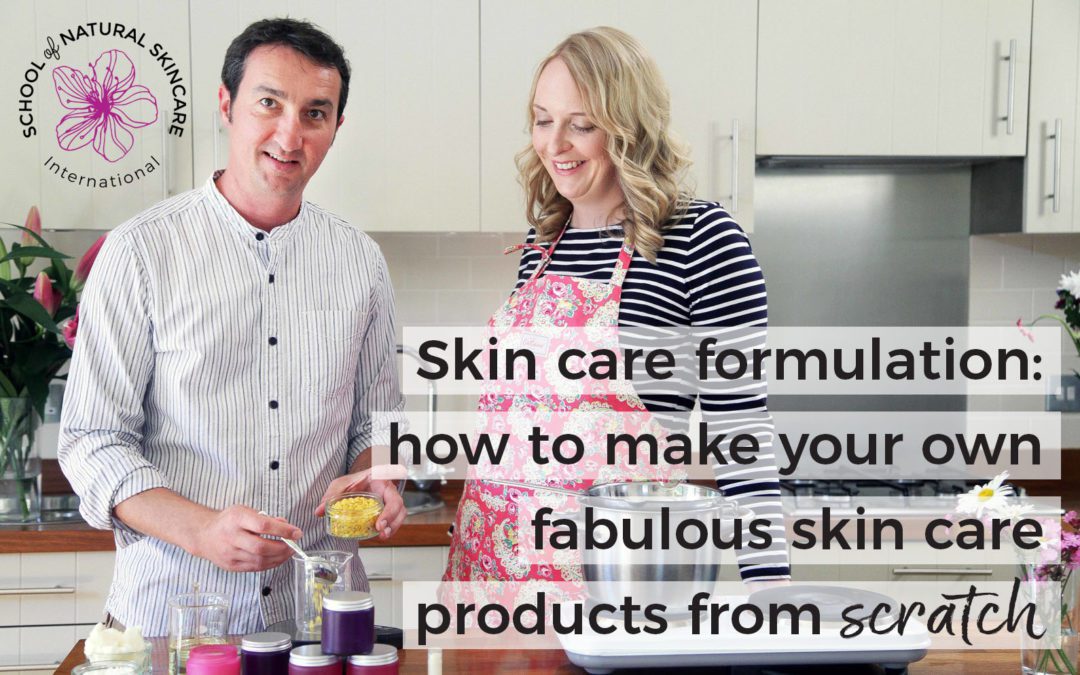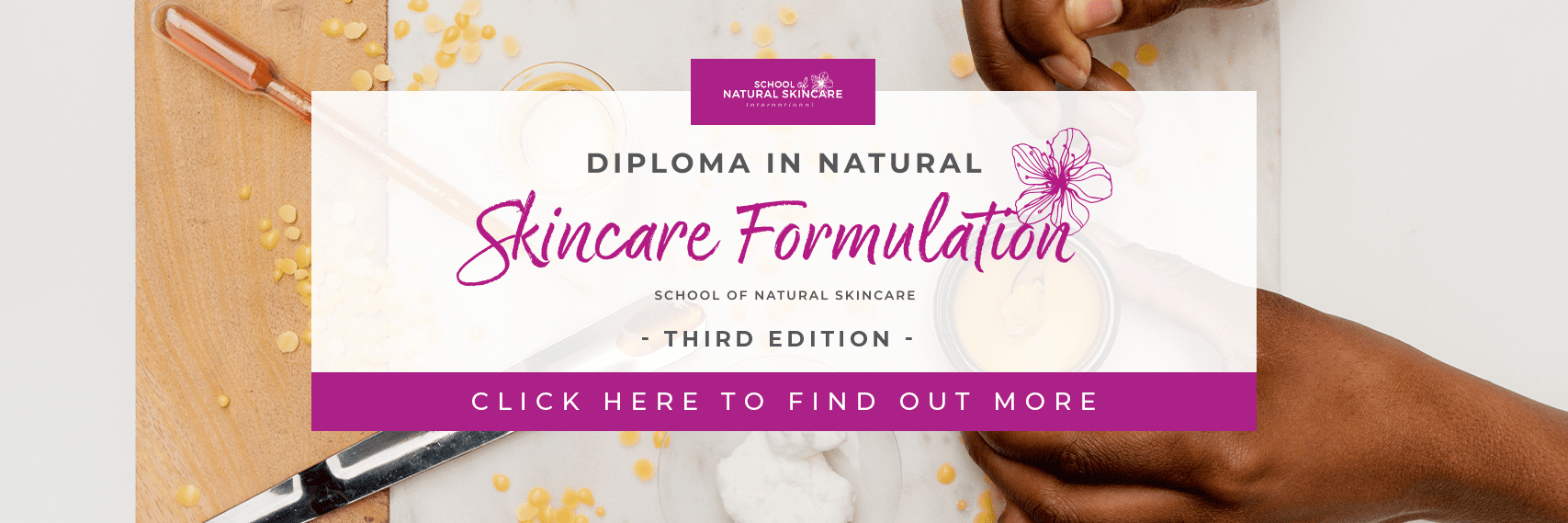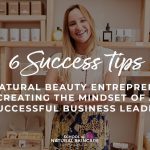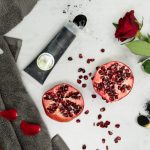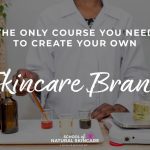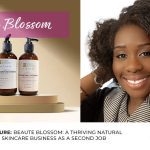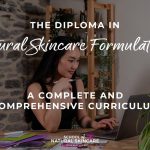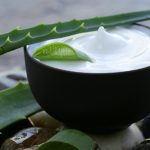Are you ready to take the step from following recipes to creating your own recipes? If so then you’re ready to learn about skin care formulation and become a product formulator!
It can be daunting at first to design your own products from scratch, and you can waste a lot of time and money too on failed products, so here are our top tips for becoming a confident formulator.
7 Steps to Become a Confident Product Formulator:
1) Use a Product development process
Before you start to make anything or think about ingredients you’ll need to follow a product development process.
At its simplest this is a list of questions that help you get clear about:
- WHO you are creating the product for
- The PROBLEM or NEED they have that you are solving
- The BENEFITS you want your product to have
- The AESTHETICS of the product (look and feel)
Knowing all this will allow you to choose the best ingredients to create a product that customers will love.
You’ll make something that addresses their problems and delivers the result they want. And that means they’ll be coming back for more!
2) Don’t be scared of %
A formula is written in % rather than grams, or ounces or cups or anything else. This allows for accuracy and consistency and also means you can easily create large batches (or small) depending on how many products you want to make.
Once you get used to seeing formulas in % and working in that way, it really is quite simple.
3) Know your ingredient % ranges
When you have chosen the type of product you wish to make (balm, lotion, body wash etc) you will then need to know the % range at which you can use each category of ingredient.
For example to create a balm with wax you’ll likely want to use somewhere between 5-20% wax.
For a lotion you’ll likely use 3-6% emulsifying wax.
For a body wash your surfactant blend will be around 25-30% of you formula.
You’ll need to understand how each ingredient affects your finished product so you’ll know how much to use.
You’ll also need to know how much is safe to use.
Suppliers and manufacturers can give guidance on % ranges, as can a cosmetic scientist. Helping you understand % ranges is a key part of our Diploma courses.
4) Use a template formula or starting formula
It is hugely helpful to have a template formula or starting formula to follow. Whether you are new to formulating or more experienced a template provides a framework within to work. A good template will list different ingredient types and the % range at which to use them leaving you free to customise it based on the information you gathered in your product development process.
Certain products need certain ingredients at certain % ranges to make them work. This the science of formulating.
Rather than trying to figure this part out yourself, use a template or starting formula. Even seasoned formulators use starting formulas. There is no need to reinvent the wheel each time. Use what works.
Students love the template formulas we provide, as it allows them focus on being creative and innovative rather than worrying if their product will take the form they want and function in the way they want.
5) Try out your formulas
Bring your product to life by making it! The best way to test out your formula to see if it creates the effect you want is to make it!
Not sure exactly what % of an ingredient to use? Make one product with X% and one with Y% and see what the difference is.
Choosing between two ingredients? Make one of each formula keeping everything else the same but making one with ingredient A and one with ingredient B.
Essentially change one thing at a time and you’ll see how this affects your finished product.
6) Join our community of formulators to tap into their knowledge and experience
You don’t have to figure it all out yourself. Heard of an interesting sounding oil or butter and wondering what its like? Ask others who have used it before.
Having an issue with one of your products not turning out quite right? Chances are someone else has experienced the same thing and can share some solutions with you.
Being part of a community of likeminded people who are working on the same products as you is invaluable. That’s why our Diploma courses include an invitation to our exclusive student communities.
7) Ask an expert
At some point you’re likely to get stuck or want some expert advice about something.
That’s why we have a Cosmetic Scientist and Formulation Tutors on hand to support students taking our Diploma courses.
Cosmetic Scientists tend to be busy formulating for big companies, or charging large sums to provide finished formulations. Not many work in an educational role or are available to assist home formulators.
That’s why we have one on hand to help when you get stuck, and provide advice to help you succeed.
Ready to become a confident formulator?
FREE GUIDE:
The Beginner’s Guide to Formulating Natural Skincare Products (From scratch, like a professional!)
Start creating your own natural skincare products
from scratch – rather than simply following recipes!
Exclusive for our newsletter subscribers. Sign up now.
Download this fabulous guide and you’ll learn:
- What formulating is and why you need to be doing it!
- The difference between following recipes and formulating your own products.
- How to formulate like a pro! Seven top tips for becoming a confident skincare formulator.
- Our step-by-step process to designing products people love.
- Four easy ways to personalize your skincare products.
- Choosing the right carrier oils for your beauty products.
PLUS: Receive two free worksheets!

